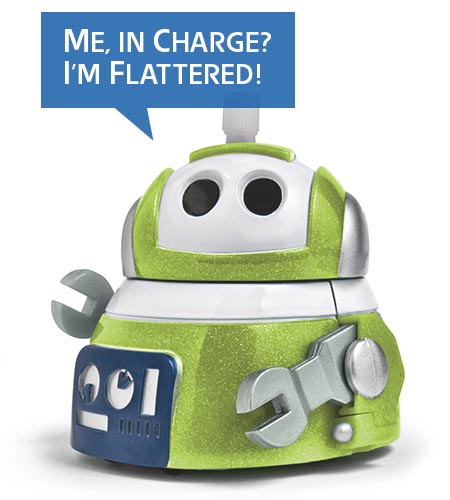The future of power protection technology is artificial – but bright
Mar 1, 2018
Automation: Smarter Days Ahead
Imagine the ability to deploy hundreds or even thousands of power distribution units (PDUs) at the simple touch of a button — without countless hours spent determining configuration parameters and assessing application nuances. Or even, a day when firmware is no longer required on uninterruptible power systems (UPSs) because software alone will have the capability to modify, upgrade, add or remove devices.
The reality of these scenarios may be closer than you think, compliments of artificial intelligence (AI), the ability of a digital computer or computer-controlled robot to perform tasks commonly associated with intelligent beings. Fueled by an explosion of data, rapid growth in cloud computing and the emergence of advanced algorithms, business adoption of AI is on the rise, according to a recent survey of IT decision-makers by CCS Insight. With eight percent of respondents already using, testing or researching AI within their organizations, those surveyed estimated that within the next 24 months, as much as 30 percent of their business applications would be enhanced with machine learning.

Potential AI Benefits:
- Faster, simpler UPS/PDU deployments
- Seamless automation
- Enhanced productivity
- Bottom line savings
“Artificial” is Very Real to Big Companies
Already becoming mainstream among major players like Microsoft, Salesforce, Google and IBM, AI is now prompting some power manufacturers to take note, as well. In fact, many predict that artificial intelligence will likely drive the power devices of the future — benefitting end users by reducing costs, enhancing productivity and alleviating risk.
Among the most anticipated advantages of AI in the power protection arena is the promise of dramatically faster and simpler UPS and PDU deployments. Currently, network administrators tasked with installing these devices must wade through a cumbersome array of settings and operational parameters. Yet if an AI-afforded algorithm was able to evaluate the surrounding network environment, the entire deployment process could be seamlessly automated — resulting in tremendous time savings and bolstered productivity for an organization.
Human Error a Thing of the Past
AI also has the potential to help companies diminish risk. Because most network administrators are not power experts, it can leave a large margin for error during the deployment process, with even the slightest improper assessment or incorrect assumption potentially resulting in costly mistakes. Yet tomorrow's PDUs and UPSs will likely be smart enough to automatically determine their optimal environment and adjust all default parameters accordingly. Drawing on its intelligent capabilities, an AI-driven UPS might even execute critical operating decisions, such as switching power to a different source or alienating attached equipment if an issue arises in its environment.
Peeking a little further down the road, experts foresee AI-driven power protection devices being controlled by software-defined technology, which would eliminate the need for technicians to install firmware on either UPSs or PDUs. With all equipment operated from a management platform, administrators could make changes on the fly, saving organizations even more time and money while significantly enhancing reliability and uptime. Devices capable of supporting this arrangement will require built-in artificial intelligence — and the good news is, this is already in the developmental stages of power technology. The future is (almost) now.